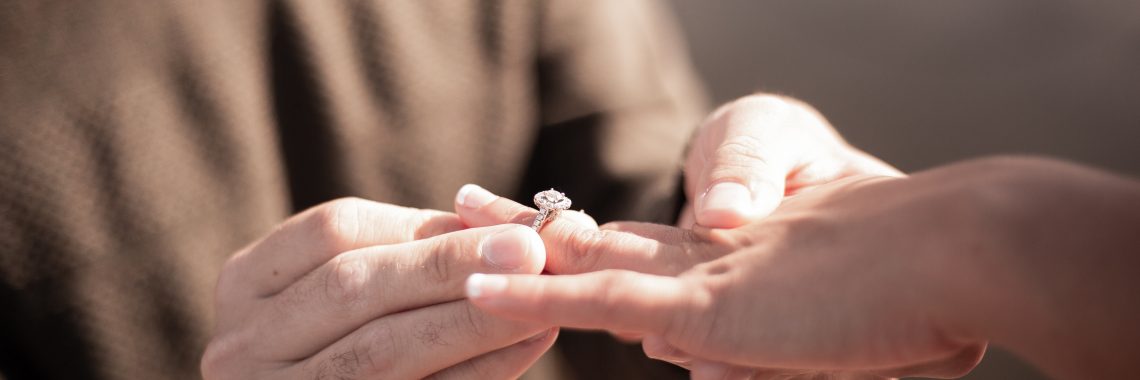Humans Were Meant to Be Here: Guest Column

We are a blessing to be preserved, multiplied, and redeemed.
For a long time, if you encountered a writer warning about declining global birth rates, it was a safe bet you were reading a right-leaning or Christian publication. But that appears to be changing. In the last couple of years, mainstream news outlets seem to have caught on that the problem civilization now faces is not too many but too few babies, and some are sounding the alarm. Recent stories in The Spectator, The New York Times, and The Washington Post all clearly describe why a shrinking and aging society is a bad thing and try to identify the causes behind this population “bust.”
The fear of a population “bomb” haunts mainstream psyche greatly due to Paul Ehrlich’s 1968 The Population Bomb, where he famously declared in the opening line that, “The battle to feed all of humanity is over,” and predicted mass starvation due to overpopulation.
This of course never happened, and in fact, global food production vastly outpaced population growth, making it easier than ever to feed everyone. Facts aside, the baby-banning ideology persists.
Earlier this month, The Washington Post editorial board ran a response to the surge of critical comments they’ve received on stories about declining birth rates. As anyone familiar with the comments section under controversial (or really any) articles can imagine, a litany of bad arguments had been unfolding. One commenter wrote that, “Endless growth—whether that’s of the population or the economy—is an unachievable fantasy.” Another declared, “Now is the time to reject growthist ideology for good.” Many cited climate change, overcrowding and, of course, running out of food as reasons to encourage lower birth rates.
The Post did a surprisingly nice job of refuting these. It pointed out that having more young and creative minds is precisely how mankind has enjoyed an unprecedented technological boom over the last two centuries: “Ingenuity and innovation have repeatedly empowered humanity to overcome ecological constraints,” and have “liberated much of humanity from misery.”
Imposing population constraints on developing nations would also, it said, “amount to a kind of environmental imperialism,” denying to poor countries in Africa, Asia, and Latin America precisely the opportunities for growth and improved living standards that richer, western countries have long enjoyed. And, they added, there is simply no evidence it would help the environment:
Productivity growth can take the world in directions that are benign for the physical and social environment. Growth can mean less pollution, more forests and better health.
Of course, the real reason The Post caught flak from many of its readers wasn’t environmentalism or economics, but something better described as a “mood” instilled in the popular imagination by books like The Population Bomb and in a host of sci-fi movies. It’s a sense, seemingly shared by more today than ever before, that humans are bad, that our activity is inherently exploitative, and that the world would be better off with fewer of us.
In this way of thinking, people are a disease on the planet—a species whose inventions have allowed us to bypass the checks and balances of natural selection and multiply out of control. In short, we don’t really belong here; not in such high numbers. And a large reduction in our population could only be beneficial.
But what if human beings are good, actually? Not in a moral sense, but in the sense that we’re meant to be here? What if this world was specifically designed to support us and thrive under human stewardship? What if the way we continually defy the doomsday predictions of writers like Ehrlich through innovation and discovery shows that we are more than just another species devouring resources?
This, of course, is exactly how the Bible describes human beings. And it’s why, despite the race’s fallen condition, Christians view human life as a blessing to be preserved, multiplied, and redeemed; and the human mind and spirit as resources more inexhaustible than any material we consume.
We bear a certain resemblance to our Maker in that we can, in our limited and creaturely way, also create. Which is why a lack of new humans is not good news, and why I’m happy to see that some mainstream publications are starting to realize this—even if The Population Bomb still haunts their comments sections.
This Breakpoint was co-authored by Shane Morris. If you’re a fan of Breakpoint, leave a review on your favorite podcast app. For more resources to live like a Christian in this cultural moment, go to breakpoint.org.
Copyright 2024 by the Colson Center for Christian Worldview. Reprinted from BreakPoint.org with permission.





